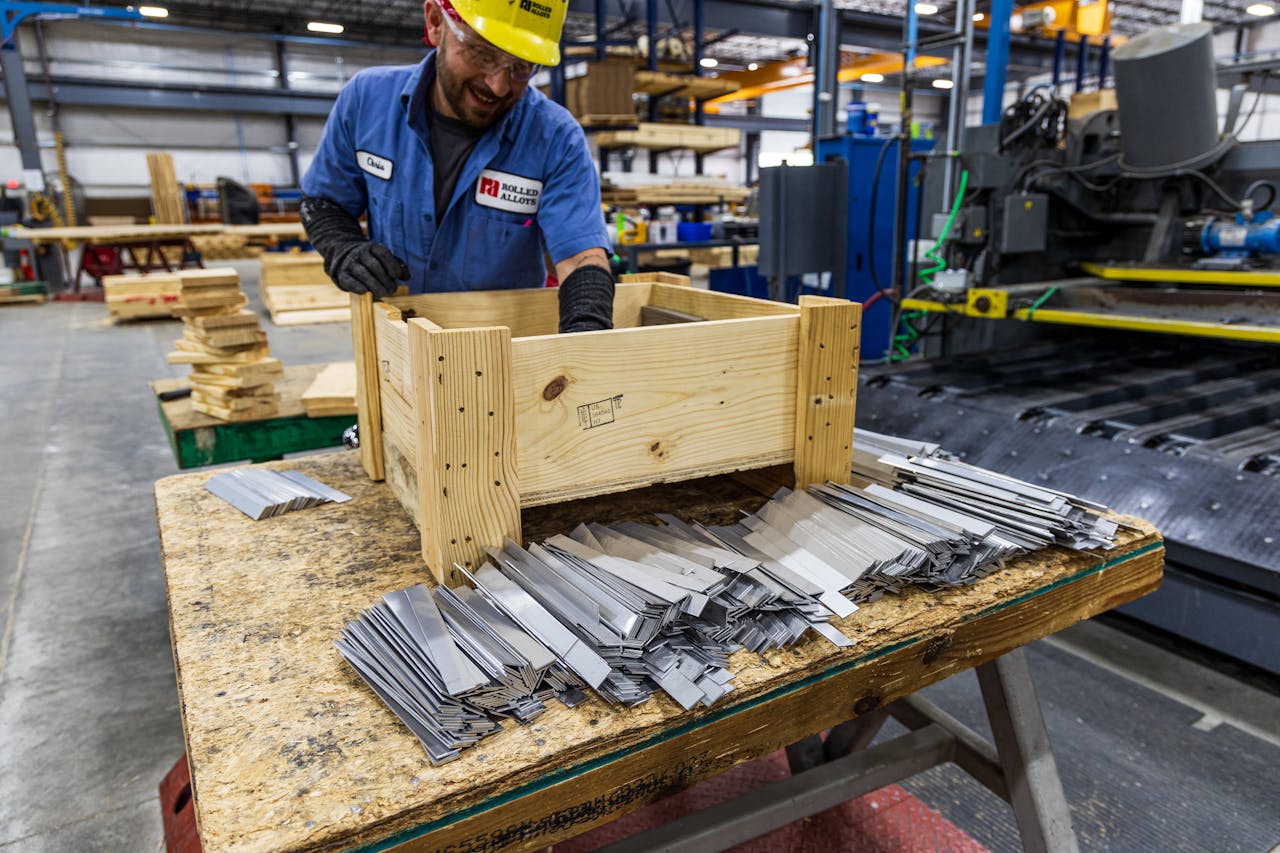Ensuring Occupational Health in South African Mines

In the dynamic and hazardous environment of mines, the well-being of workers is essential. To safeguard the health and safety of those employed in mining operations, stringent regulations have been established under Chapter 11 of the Mine Health and Safety Act, 1996 (Act No. 29 of 1996). This chapter outlines comprehensive measures for occupational health, ranging from medical surveillance to the reporting of occupational diseases.
One of the fundamental aspects covered in these regulations is the appeal process regarding the fitness of workers to perform specific tasks. Employees are granted the right to appeal decisions or findings of unfitness within designated timeframes. Such appeals are to be lodged with the medical inspector, ensuring a fair and transparent process for workers.
Central to the maintenance of occupational health is the requirement for an annual medical report. This report, compiled by the designated occupational medical practitioner, provides a holistic overview of employee health within the mining operation. From the total number of employees subject to medical surveillance to analyses of their health status, this report serves as a vital tool in assessing and improving occupational health practices.
Exit certificates, another key component of the regulatory framework, play a crucial role in documenting employees' health status upon leaving employment. These certificates contain detailed information, including medical examination results, occupational diseases, and compensation claims. By ensuring thorough documentation, exit certificates facilitate continuity of care for workers and enable future medical assessments.
Noise-induced hearing loss poses a significant risk to mine workers, necessitating specific regulations for its prevention and monitoring. Establishing and maintaining a system of medical surveillance for employees exposed to high noise levels is essential. This includes conducting baseline, periodic, and exit audiograms to monitor employees' hearing health and detect any deterioration over time.
Moreover, regulations addressing exposure to asbestos dust, coal dust, and crystalline silica dust provide targeted measures to mitigate health risks associated with these hazardous substances. From initial examinations to periodic and exit assessments, these regulations ensure that employees working in environments with heightened exposure receive appropriate medical attention and monitoring.
A critical aspect of the regulatory framework is the reporting of occupational diseases. Employers are mandated to report diagnosed occupational diseases within specific timeframes, enabling prompt intervention and preventive measures. By identifying and addressing occupational health issues expediently, these reporting mechanisms contribute to maintaining a safe working environment for miners.
The regulations outlined in Chapter 11 of the Mine Health and Safety Act, 1996, underscore the importance of prioritizing occupational health in mining operations. Through comprehensive medical surveillance, meticulous reporting mechanisms, and targeted interventions, these regulations strive to protect the well-being of mine workers and promote a culture of safety within the industry. Compliance with these regulations is essential not only for legal adherence but, more importantly, for safeguarding the lives and health of those working in the mines.
How Tealio can empower your organization?
Enable teams to optimize onboarding procedures, shift towards digital record-keeping, effortlessly create medical certificates, and take proactive measures to manage risks, all while maintaining smooth and efficient operations.
Learn MoreWe use performance and analytics cookies to optimize your experience on our website and services. By clicking ”Allow Cookies”, you consent to our use of cookies as described in our Cookie Policy. See our Cookie Policy.



